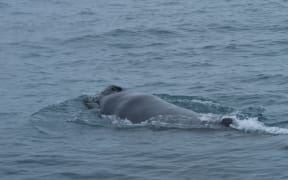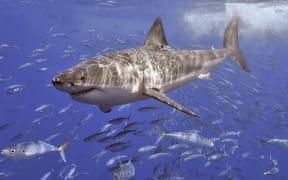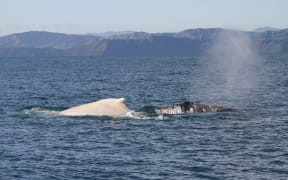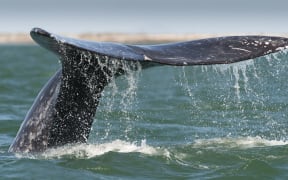Researchers are heartened by a record number of whales counted in Cook Strait this year as part of a four-week annual survey.
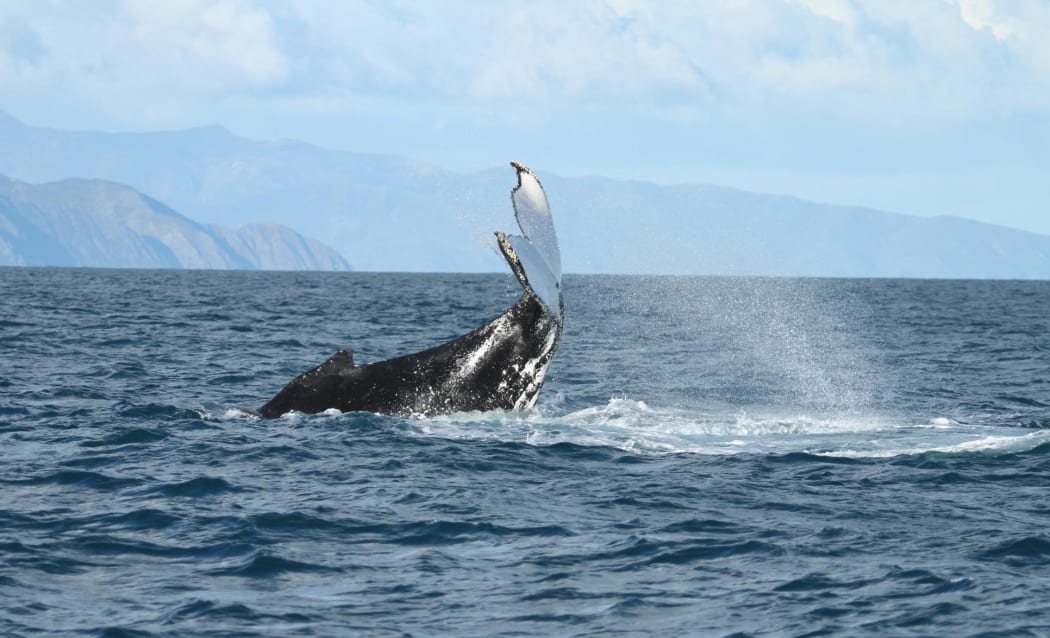
Researchers are heartened by a record number of whales counted in Cook Strait in 2015. Photo: DOC
The survey, run by the Department of Conservation in partnership with OMV New Zealand, ended at the weekend with a final tally of 137 humpback whales seen - the highest in 12 years.
A record was also set for the highest number of humpbacks seen in a day, with 27 spotted on Sunday 21 June.
Blue whales, sperm whales and a southern right whale were also seen.
Survey leader Nadine Bott said it was a clear indication that the humpback population in New Zealand was recovering, but it was still nowhere near the large rate of increase seen in Australian waters.
She said it was concerning to see two humpback whales that had been caught up in craypot lines, which were still trailing behind them.
"The increasing number of humpback whales coming past the New Zealand coast does mean we are going to have more encounters - and unfortunately we use part of the coast they also use," Ms Bott said.
The risk of entanglement could be reduced by minimising floating slack craypot lines and allowing only enough for tidal action, she said.
The Department of Conservation said people could also avoiding setting pots during June and July in offshore deeper water, which would "significantly reduce the risk".
"Humpbacks are probably a little more prone to entanglement because they are really curious and playful and they'll play around with a craypot line or a buoy and get accidentally entangled," Ms Bott said.
She said a trained team was able to cut the lines off one of the whales, which was seen off Kaikoura, but the other was moving too fast through Cook Strait.
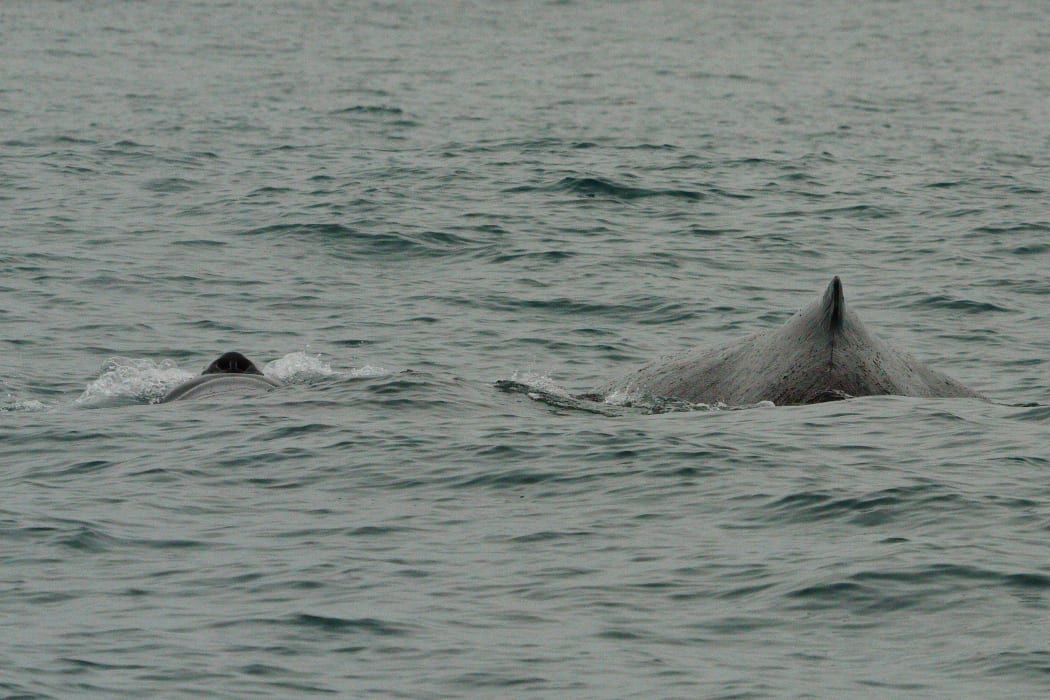
A calf seen in the survey - pictured here with its mother - was estimated by DOC to be less than a week old. Photo: DOC Cook Strait Whale Survey
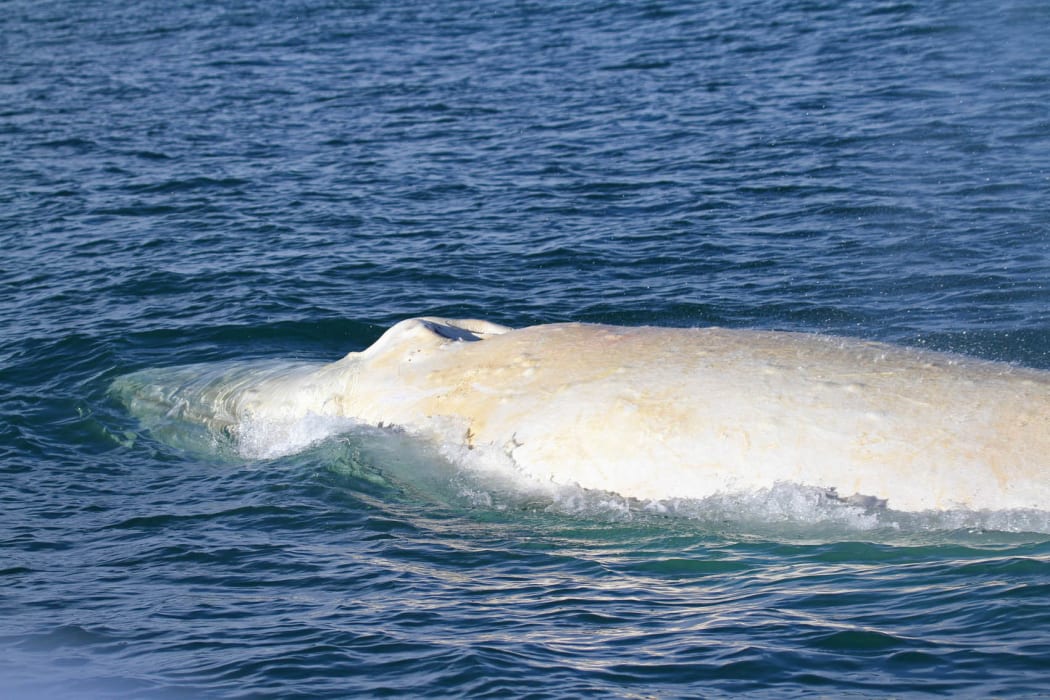
Famous albino humpback Migaloo was also seen this year in Cook Strait. Photo: Department of Conservation
The annual surveys are timed for humpback whales' northern migration from Antarctica to warmer South Pacific breeding grounds.
"We'll just have to keep an eye out and hopefully they'll be okay. They are a lot more visible trailing a couple of craypots but it's something we are going to have to be more prepared for in future," Ms Bott said.
She said it had been a busy month, but it was always a buzz for the survey team to see as many whales as they did.
The survey is carried out with the help of volunteers, including six former whalers who lead the whale spotting from a high point on Arapawa Island overlooking Cook Strait.
Whales are approached by boat to collect photos and skin samples using a biopsy dart tool, which is used to identify individual whales.
"It is exhilarating seeing the whales from our boat - we never get sick of it," Ms Bott said.
She said she was now back in Wellington, preparing for next year's survey.

